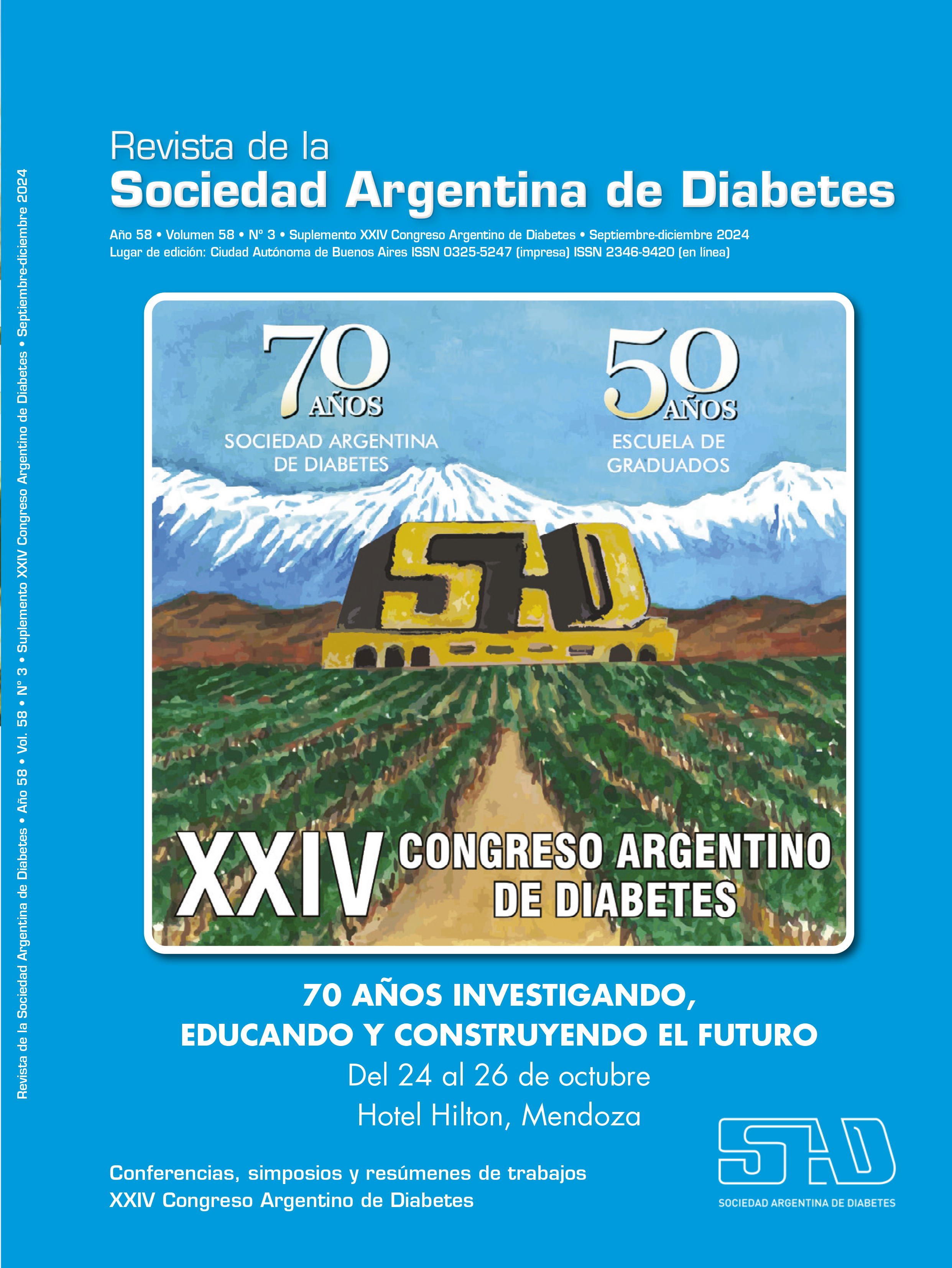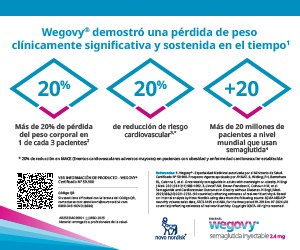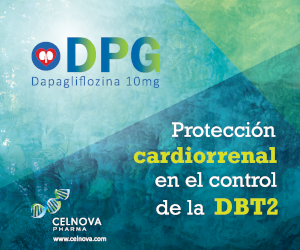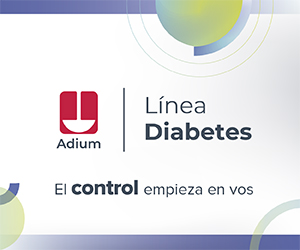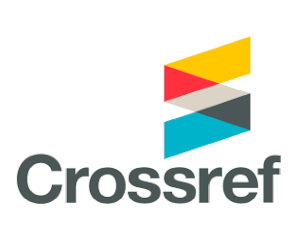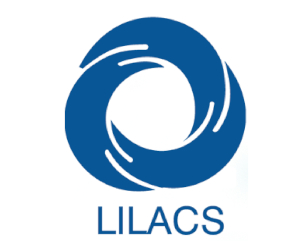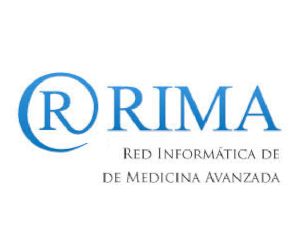Cardiometabolic impact of new drugs
Keywords:
cardiometabolic, drugsAbstract
Obesity is a key condition, the basis of metabolic, cardiovascular and kidney diseases, and a main participant in the pathophysiology of type 2 diabetes mellitus (DM2) and its complications. Metabolic alterations leading to hyperglycemia are usually present decades before the diagnosis of T2DM, and are characterized by weight gain, central adiposity, and insulin resistance.
There is evidence that loss of 5% to 10% of total body weight is associated with a reduction in the risk of metabolic and mechanical complications. However, the impact on cardiovascular complications is observed with a reduction of more than 15%1. The incorporation of new molecules, such as long-acting agonists of the glucagon-like peptide 1 (AR-GLP1) receptor and co-agonists of the GLP-1 and glucose-dependent insulinotropic polypeptide (GIP) receptors, established a significant change in the treatment of obesity, DM and related complications1. At the cardiovascular level, the GLP1-RAs liraglutide 1.8 mg (LEADER) and semaglutide 1 mg (SUSTAIN-6) demonstrated a reduction in the rate of death from cardiovascular causes, non-fatal myocardial infarction and non-fatal stroke (MACE) in people with DM22-4.
In relation to the progression of renal failure in people with DM2 and CKD, the results of the FLOW study demonstrate a 24% reduction in the group treated with semaglutide 1 mg in the result composed of renal and cardiovascular endpoints2-4. In people with obesity and established cardiovascular disease without T2DM, semaglutide 2.4 mg demonstrated a 20% reduction in MACE (SELECT) and was shown to be a useful option for the treatment of heart failure (HF) with preserved ventricular ejection fraction left (LVEF) in people with obesity and T2DM (STEP HFpEF DM) and without T2DM (STEP HFpEF), reducing physical limitations and symptoms related to HF. Regarding tirzepatide, a GLP 1 and GIP receptor coagonist, the evaluation of the safety of this drug in T2DM and established atherosclerotic disease is under development in the SURPASS-CVOT2-4 trial. The future came with new molecules for the treatment of obesity and T2DM and, as a result, a reduction in cardiorenal and hepatic complications, and an excellent opportunity for pharmacological intervention.
References
I. Melson E, Ashraf U, et al. What is the pipeline for future medications for obesity? Int J Obes 2024. doi: 10.1038/s41366-024-01473-y.
II. Drucker DJ. Efficacy and safety of GLP-1 medicines for type 2 diabetes and obesity. Diabetes Care 2024; 47(00):1-16. doi: 10.2337/dci24-0003.
III. Tan Q, Akindehin SE, Orsso CE,Waldner RC, et al. Recent advances in incretin-based pharmacotherapies for the treatment of obesity and diabetes. Front Endocrinol 2022; 13:838410. doi: 10.3389/fendo.2022.838410.
IV. Chong K. Recent advances in the treatment of type 2 diabetes mellitus using new drug therapies J Med Sci 2024; 40:212-220. doi: 10.1002/kjm2.12800.
Downloads
Published
Issue
Section
License
Copyright (c) 2024 on behalf of the authors. Reproduction rights: Argentine Society of Diabetes

This work is licensed under a Creative Commons Attribution-NonCommercial-NoDerivatives 4.0 International License.
Dirección Nacional de Derecho de Autor, Exp. N° 5.333.129. Instituto Nacional de la Propiedad Industrial, Marca «Revista de la Sociedad Argentina de Diabetes - Asociación Civil» N° de concesión 2.605.405 y N° de disposición 1.404/13.
La Revista de la SAD está licenciada bajo Licencia Creative Commons Atribución – No Comercial – Sin Obra Derivada 4.0 Internacional.
Por otra parte, la Revista SAD permite que los autores mantengan los derechos de autor sin restricciones.



